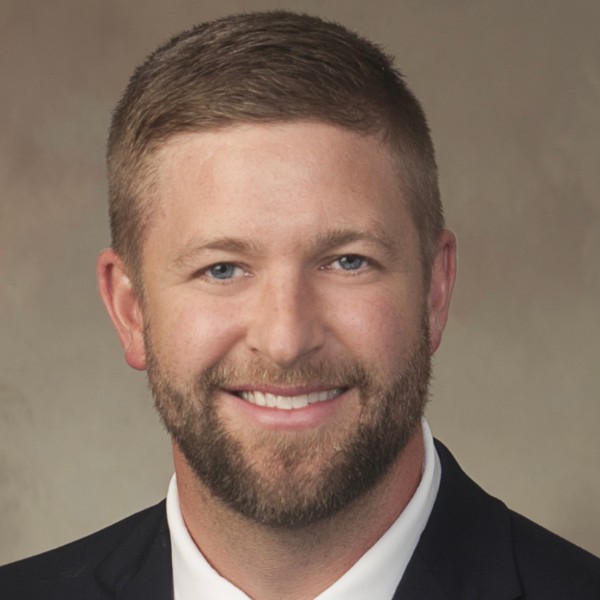Shoulder Replacement
Total shoulder arthroplasty; Endoprosthetic shoulder replacement; Partial shoulder replacement; Partial shoulder arthroplasty; Replacement – shoulder; Arthroplasty – shoulder
The shoulder is a ball and socket joint. The round end of the arm bone fits into the opening at the end of the shoulder blade, called the socket. This type of joint allows you to move your arm in most directions.
For total shoulder replacement, the round end of your arm bone will be replaced with an artificial stem that has a rounded metal head (ball). The socket part (glenoid) of your shoulder blade will be replaced with a smooth plastic lining (socket) that will be held in place with special cement. If only 1 of these 2 bones needs to be replaced, the surgery is called a partial shoulder replacement, or a hemiarthroplasty.
- Shoulder CT scan(Medical Test)
- Shoulder MRI scan(Medical Test)
- Using your shoulder after replacement surgery(Self-Care)
- Shoulder replacement – discharge(Discharge)
Shoulder Replacement Surgery
Your surgeon will make an incision (cut) over your shoulder joint to open up the area. Then your surgeon will:
- Remove the head (top) of your upper arm bone (humerus)
- Cement the new metal head and stem into place
- Smooth the surface of the old socket and cement the new one in place
- Close your incision with staples or sutures
- Place a dressing (bandage) over your wound
Your surgeon may place a tube in this area to drain fluid that may build up in the joint. The drain will be removed when you no longer need it.
This surgery normally takes 1 to 3 hours.
Another type of procedure is called reverse total shoulder replacement.
In this surgery, the positions of the ball and socket are switched. The round part of the shoulder is removed from the top of the arm, and a metal ball is attached to the shoulder blade. The socket is then attached to the arm bone. The ball ends up on the other side of the shoulder. This surgery can be done when the rotator cuff tendons are severely damaged or there are fractures of the shoulder.


Shoulder, including total shoulder, Elbow
Why this Procedure is Performed
Elbow replacement surgery is usually done if the elbow joint is badly damaged and you have pain or cannot use your arm. Some causes of damage are:
- Osteoarthritis
- Poor outcome from previous shoulder surgery
- Rheumatoid arthritis
- Badly broken bone in the arm near the shoulder
- Badly damaged or torn tissues in the shoulder
- Tumor in or around the shuolder
Before Shoulder Replacement Procedure
Tell your surgeon what medicines you are taking, including drugs, supplements, or herbs you bought without a prescription.
During the 2 weeks before your surgery:
- You may be asked to stop taking blood thinners. These include warfarin (Coumadin), dabigatran (Pradaxa), rivaroxaban (Xarelto), or NSAIDs such as aspirin. These might cause increased bleeding during surgery.
- Ask your surgeon which drugs you should still take on the day of your surgery.
- If you have diabetes, heart disease, or other medical conditions, your surgeon will likely ask you to see the doctor who treats you for these conditions.
- Tell your surgeon if you have been drinking a lot of alcohol (more than 1 or 2 drinks a day).
- If you smoke, try to stop. Ask your provider for help. Smoking can slow wound healing.
- Tell your surgeon if you develop a cold, flu, fever, herpes breakout, or other illness before your surgery. The surgery may need to be postponed.
On the day of your surgery:
- Follow instructions about not drinking or eating anything before the procedure.
- Take the medicines your surgeon told you to take with a small sip of water.
- Arrive at the hospital on time.
On the day of your surgery:
- You will usually be asked not to drink or eat anything for 6 to 12 hours before the procedure.
- Take the drugs your provider told you to take with a small sip of water.
- Your provider will tell you when to arrive at the hospital.
After the Procedure
You may need to stay in the hospital for up to 1 to 3 days. After you go home, follow instructions on how to care for your shoulder
Physical therapy will be needed to help you gain strength and use of your arm. It will start with gentle flexing exercises.
It is important to follow up with your doctor regularly to check how your replacement is doing. Be sure to go to all your appointments.
Outlook (Prognosis)
Shoulder replacement surgery relieves pain and stiffness for most people. You should be able to resume your normal daily activities without much problem. Many people are able to return to sports such as golf, swimming, gardening, bowling, and others.
Your new shoulder joint will last longer if less stress is placed on it. With normal use, a new shoulder joint can last for at least 10 years
